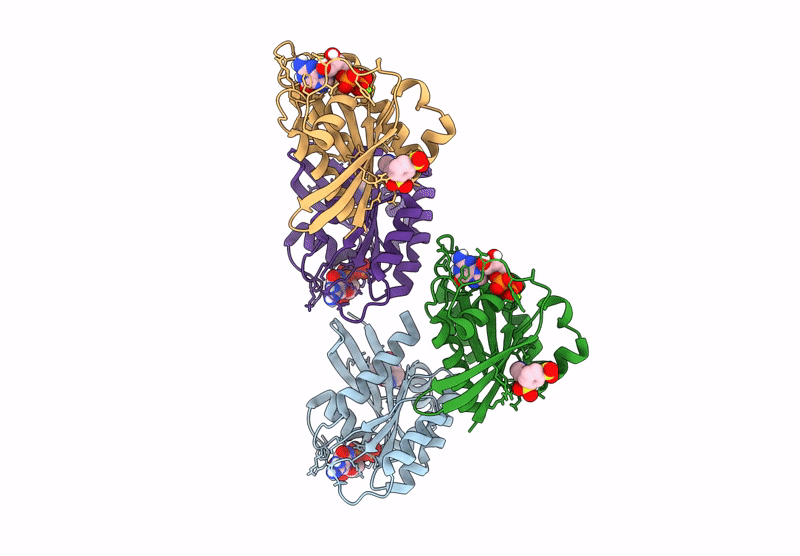
Deposition Date
2024-04-04
Release Date
2025-04-09
Last Version Date
2025-07-02
Entry Detail
PDB ID:
9BAI
Keywords:
Title:
Crystal structure of GDP-bound human K-RAS in a covalent complex with aryl sulfonyl fluoride compounds.
Biological Source:
Source Organism:
Homo sapiens (Taxon ID: 9606)
Host Organism:
Method Details:
Experimental Method:
Resolution:
1.49 Å
R-Value Free:
0.22
R-Value Work:
0.18
R-Value Observed:
0.18
Space Group:
P 1 21 1


